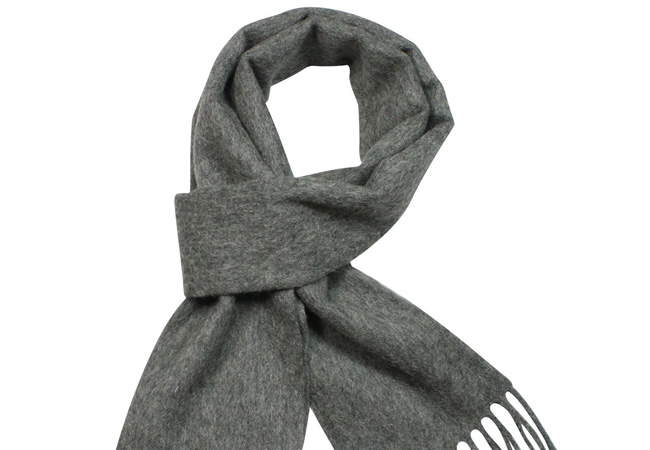Skin care for cooler months
Scarves can prevent dry skin.
Summer is coming to a close and the cooler months are creeping steadily towards us. Due to the dry air outside and house heaters, many students have trouble taking care of their skin when the weather changes.
Oily Skin
A little natural glow is great if you want look lively and healthy, however some teens produce too much oil, causing their skin to look shiny.
“I wash my face every night and try stay away from oily food as much as I can,” junior TraMi Ly said.
When skin is too oily, it can be prone to breakouts, acne and blackheads. The best way to care for this skin type is to use a gentle oil free face wash and moisturizer.
A common mistake people make is washing their face too often. Your face need oil and stripping it away can be harmful, leading to dry skin. Oily skin can usually sustain the cold weather, however some people can have breakouts because of the temperature change. Make sure to change washes wash if your skin type shifts.
Dry Skin
On the other spectrum of skin types is dry skin. Dry skin can look flaky and scaly and wearing makeup can be difficult because it could flake off. The changing of the seasons can worsen dry skin. The ideal thing to do is to use moisturizer specifically for dry skin after you wash your face. A trivial mistake teens make is washing their skin with hot water thinking that they are cleaning their pores. This leaves skin lifeless and it will lack essential oils that keep your skin clear.
Use lukewarm water and restrict long hot showers. This skin type is most susceptible to worsening dryness over the fall and winter seasons.
“In the winter my skin can be get kind of dry but I use lots of moisturizer to help ease it,” junior Emily Lien said.
You can prevent some drying by using lotion if you will be out for longer than 15 minutes and by covering your some of your face with a scarf so any harsh winds will not hurt your skin. When caring for the rough parts, use an essential oil, like argan or sunflower oil. There are plenty of oils to buy and use, and it varies for each person. Some may cause an allergic reaction, so be sure to skin test one day prior to using it on your face. Make sure not to apply too much or this could lead to a breakout.
Combination Skin
If you have some patches of dry skin and some patches that are oily, then you have combination skin. Dealing with this type can be difficult because most products are designed for one type.
If you have products that work with one skin type but not the other, you should spot moisturize and treat. Have moisturizers that are the best for that type and use it only where it is needed.
“I wash my face everyday at least once when I wake up to keep my skin hydrated because your body is mostly water so it obviously needs it to stay clear and healthy,” junior Jessica Winkler said.
In the colder months, a person with a combination skin type will most likely get dryer skin. You should have a thicker facial moisturizer just in case your skin type changes with the weather.
Make sure to only use it on the dry areas just in case your skin is still oily on some parts. Using a heavy lotion on oily skin can clog pores on the t-zone area, the t-zone area is your forehead to the nose and is usually oily.
Different skin types respond to weather changes; having another set of products for the colder months can help ease any discomfort.

Berta is currently a senior. She has been on The A-Blast since her freshmen year and was first an Academics Editor during sophomore year and then became...










